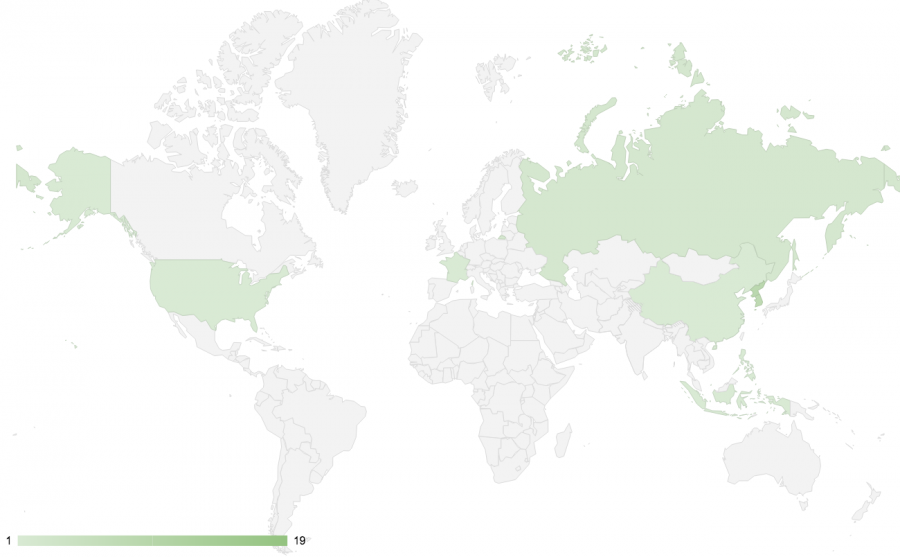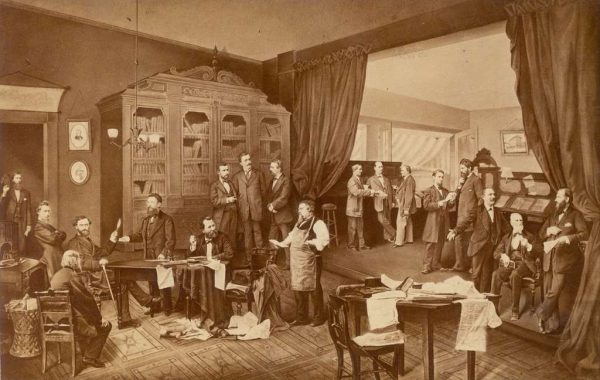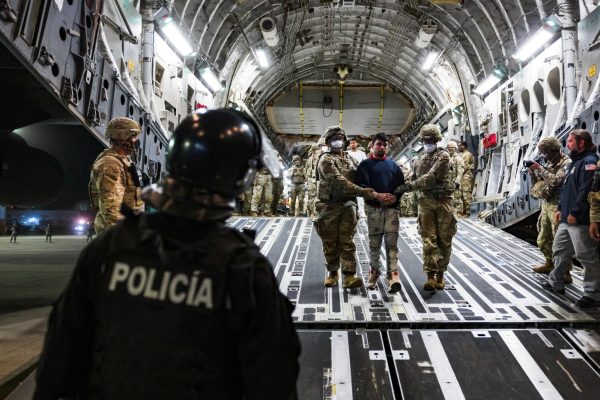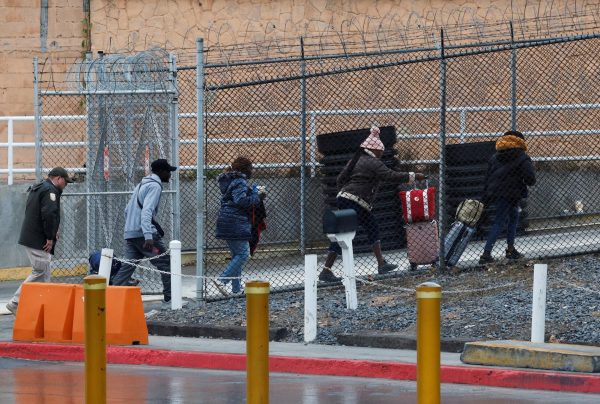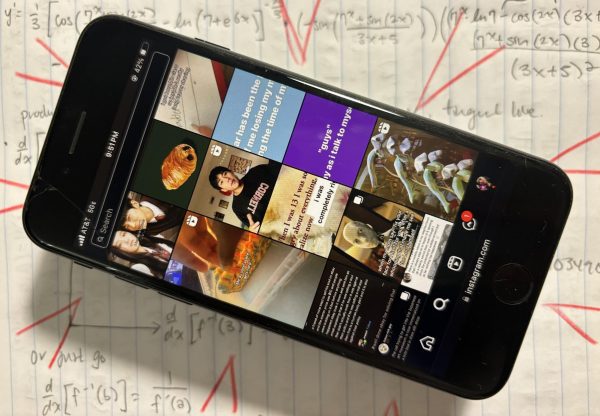Where in the World?
American high school students lack a proper knowledge of geography.
A map of where students thought the meeting between Donald Trump and Kim Jong-Un took place. Nineteen students gave the correct response: Singapore. Created with Google Sheets.
The high school experience is designed to prepare students for the future. High school students are educated in core subjects like mathematics and history, and are required to take classes of particular importance, like American Government and Personal Finance. Strikingly absent is education in geography. At Clayton High School, a dedicated geography course is available only at an AP level. At Ladue, classes tailored to the study of geography are not offered at all. In these schools, as in much of the United States, students are expected to learn geography in their social studies and history classes, and separate geography classes are rarely required. In the US, geography is deemed to be of secondary importance, and as of 2013, thirty states do not require a geography class at either the middle school or high school level.
At face value, grouping geography into social studies doesn’t seem to be a bad idea. However, nationwide, the practice of teaching geography in social studies class is not effective. The 2010 National Assessment of Educational Progress (NAEP) found that eighty percent of American twelfth graders lack proficiency in geography, and even with a rapid development in educational technology over the past few years (illustrated by the introduction of Chromebooks at Clayton), the percentage of twelfth graders ranking as ‘Proficient’ has remained level since 1994. Additionally, the NAEP found that almost a third of high school seniors have a below basic knowledge of the geography. This national lack of knowledge can be attributed to the perception that geography is not as important as other subjects, and the practice of burying geographic study inside of social studies class.
While the NAEP found striking deficiencies in geographic knowledge around the country, it could not provide data at the state or local level. In Missouri, the Clayton School District is regarded as an excellent school district, and Clayton High School is ranked as one of the best in the state, with a diverse student population. These factors might suggest that Clayton students should have a better knowledge of geography than the average high school student. To gauge the geographic knowledge of Clayton High School students, a survey was conducted through a Google Form. Generally, the 49 students surveyed had a reasonable knowledge of geography. The average Clayton student was able to name 3.6 of the 8 countries that share a land border with France, and 5.2 of the 8 states that border Missouri. Only 40 percent of students could find Thailand on a map, but 88 percent could locate North Korea, and 61 percent of the students could pinpoint Pakistan. Surprisingly, however, almost a fifth of the students could not find the state of New York on a map of the United States.
Clayton high-schoolers have a decent general knowledge of geography. For example, 88% of Clayton students can find North Korea on a map, while according to a recent New York Times study, only 36% of American adults can locate the country. However, Clayton students have only a limited knowledge of global events. Little more than a third of Clayton high school students knew that the historic meeting between President Trump and Kim Jong-Un took place in Singapore, and only 65 percent of students knew that ‘Brexit’ refers to the withdrawal of the UK from the European Union. Most surprisingly, a third of Clayton students believe that American troops are stationed in Iran, a nation hostile to the United States.
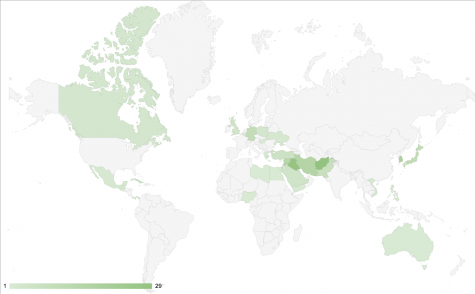
This map shows student responses to the question, “Name five countries (besides the US) where US troops are stationed in significant numbers (more than 1,000)” Created with Google Sheets
One might ask, however, if today’s high schoolers truly need a knowledge of geography and global events. The United States is the world’s most powerful country, they might argue, and surely high school students don’t need to know the difference between Thailand and Taiwan, or Iraq and Iran. However, it is necessary to have some knowledge of geography in order to have informed opinions about the world. Also, geographic knowledge is able to influence political opinions. The New York Times study mentioned earlier discovered that Americans who could find North Korea on a map were more likely to prefer a diplomatic approach when dealing with the country, and were much less likely to favor doing nothing.
As the current approach to teaching geography does not give students the knowledge they need, students should be required to take at least one semester of geography while in high school, just as they are required to take classes in civics, personal finance, and health. Another option might require history teachers to spend at least twenty percent of class time teaching geography. Such requirements would ensure that students enter adulthood with a grounding in geography and the ability to make informed decisions about the world.
A $50 or more donation includes a subscription to the Clayton High School Globe 2024-2025 print news magazine.
We will mail a copy of our issues to the recipients of your choice.
Your donation helps preserve the tangible experience of print journalism, ensuring that student voices reach our community and that student democracy thrives.

Luka Bassnett is a junior at CHS and is starting his second year as a reporter for the Globe. Luka joined the Globe in his sophomore year as a way to improve his writing skills...


